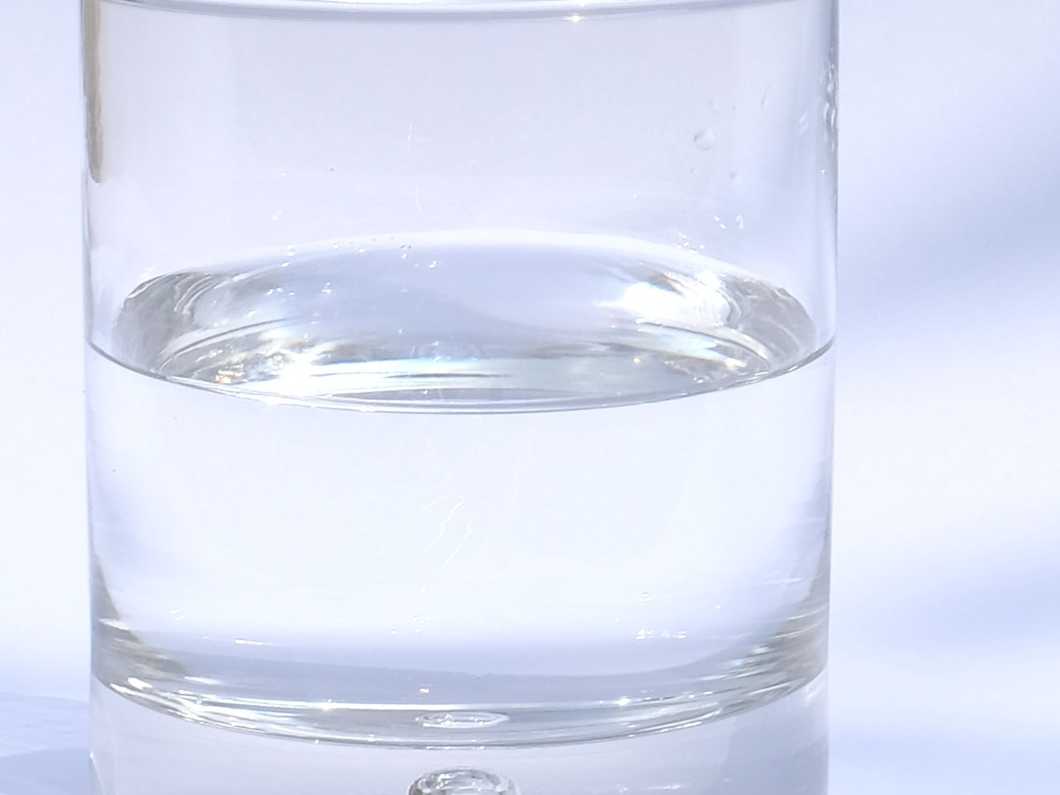Refractometry
Refractometry is an optical analysis technique used to establish the refractive index of transparent and translucent substances. The method provides information about substances' chemical composition, purity, and physical properties and is commonly used as a quality control method.

Read more about the measurement
Refractive index of plastics
Refractive index of powders
Prices excluding VAT.
What is refractometry used for?
Refractometry finds significant use in the food and drink industries, where it is used to perform quality control testing on sugars, oils, beverages, and many other products. It is also used in agriculture to analyze produce, particularly fruits, to ensure that they contain appropriate levels of various sugars.
Refractometry is also used to analyze the physical properties and purity of translucent solid materials, such as glasses and gemstones. One common use is determining the refractive index of plastics. This can help identify high-refractive-index polymers, which are needed for applications including anti-reflective coatings and image sensors.
How does refractometry work?
The principle of refractometry is based on a transparent or translucent material’s ability to refract and shift light, also known as its refractive index. The refractive index specifically acknowledges the degree to which a straight beam of light will bend upon entering a substance, and can be used to gather a lot of information about the substance.
Refractometers generally work by focusing a beam of light (either from natural external light or by producing its own light source) into a prism. The light passes through the prism, and into the sample to be tested. The device then measures the change in the angle that the beam is traveling at as it passes across the interface between the prism and the sample. This can be used to calculate the substance's refractive index, which offers information about its physical and chemical properties.
Several types of refractometers exist, though they all operate based on the same basic principle. Handheld refractometers are used for quick field analysis. These use sunlight as their light source and can be used to gather results outdoors without a power source. For more in-depth analysis, laboratory refractometers can provide more accurate data on a wider range of sample types.
Limitations of refractometry
In most refractometers, the change in the angle of the light is measured as it travels across the boundary between a prism and the sample. Generally, the substance will have a higher refractive index than the prism, making this a simple measurement. It may, however, be difficult to measure the refractive index if it is lower than that of the prism.
The refractive index of a material is also dependent on the temperature of the sample and the wavelength of light used. Under laboratory conditions, such variables can be effectively controlled, producing more accurate results. In the field, however, controlling them is much harder, which can lead to deviations in the results. Therefore, laboratory testing is preferable when accurate data is required.
Sample requirements and preparation
Refractometry can be performed on a variety of transparent and translucent media, including liquids, solutions, crystals, soft tissue, and gases. In most cases, only a small amount of liquid or solid is required for the analysis. In the case of handheld and digital refractometers, the device itself usually consists of a probe that can be directly inserted into a liquid sample.
Need a refractometric analysis?
Measurlabs offers high-quality refractometric analyses with a fast turnaround time and affordable pricing in the case of large or recurring projects. If you have any questions about your sample or its suitability for the method, our experts are always happy to help when you contact us through the form below.
Suitable sample matrices
- Liquids
- Solutions
- Crystals
- Glasses
Ask for an offer
Fill in the form, and we'll reply in one business day.
Have questions or need help? Email us at info@measurlabs.com or call our sales team.
Frequently asked questions
Refractometry is commonly used to ensure that different materials have the correct chemical and physical properties. It is used, for example, in the food and drink industries for quality control on sugars, oils, beverages, and other products, in agriculture to measure the sugar content of fruits, and for analyzing the purity of gemstones and glasses.
To get accurate results from the analysis, the material should have a higher refractive index than the prism used in the analysis. The results are also dependent on the temperature of the sample and the wavelength of the light used. Under laboratory conditions, these can be effectively controlled, but with handheld refractometers used in the field, this can significantly alter the results.
Transparent and translucent media, like liquids, solutions, crystals, soft tissue, and gases are suitable for refractometric analyses.
Measurlabs offers a variety of laboratory analyses for product developers and quality managers. We perform some of the analyses in our own lab, but mostly we outsource them to carefully selected partner laboratories. This way we can send each sample to the lab that is best suited for the purpose, and offer high-quality analyses with more than a thousand different methods to our clients.
When you contact us through our contact form or by email, one of our specialists will take ownership of your case and answer your query. You get an offer with all the necessary details about the analysis, and can send your samples to the indicated address. We will then take care of sending your samples to the correct laboratories and write a clear report on the results for you.
Samples are usually delivered to our laboratory via courier. Contact us for further details before sending samples.